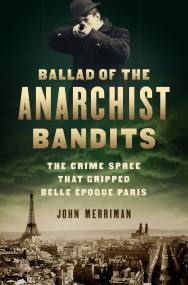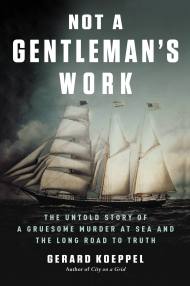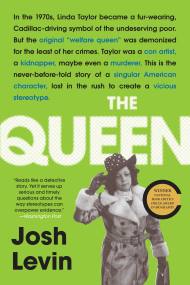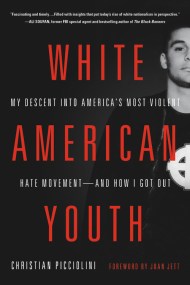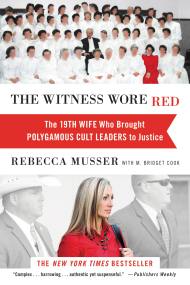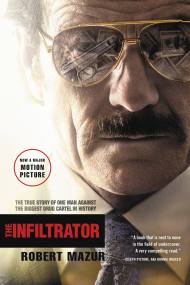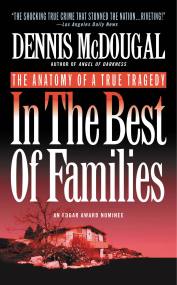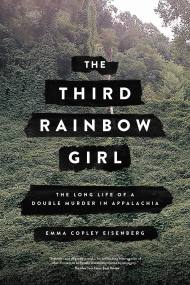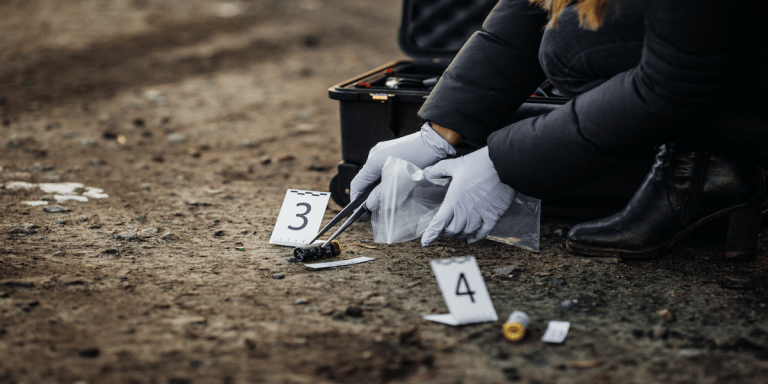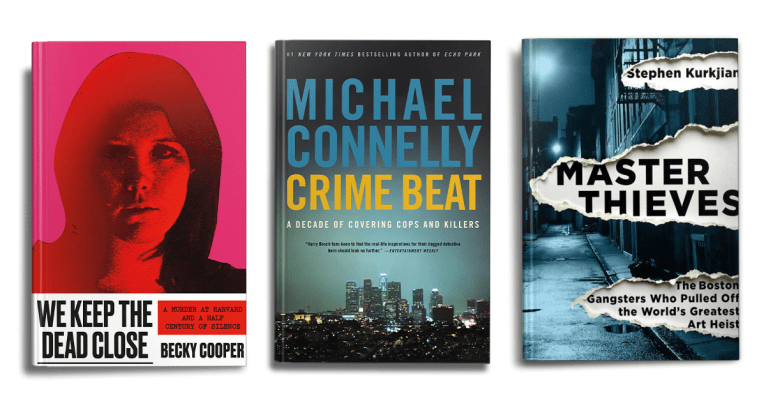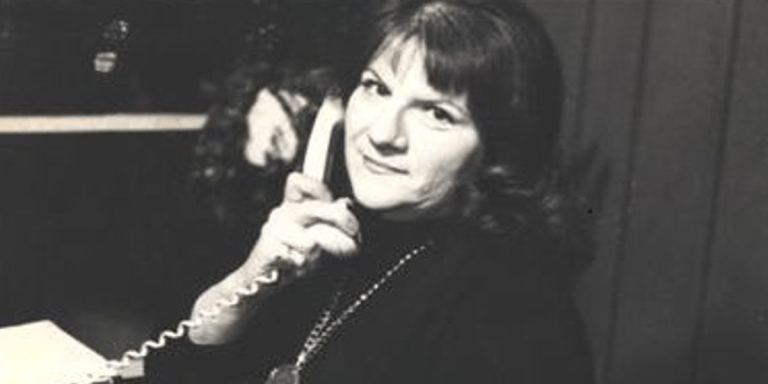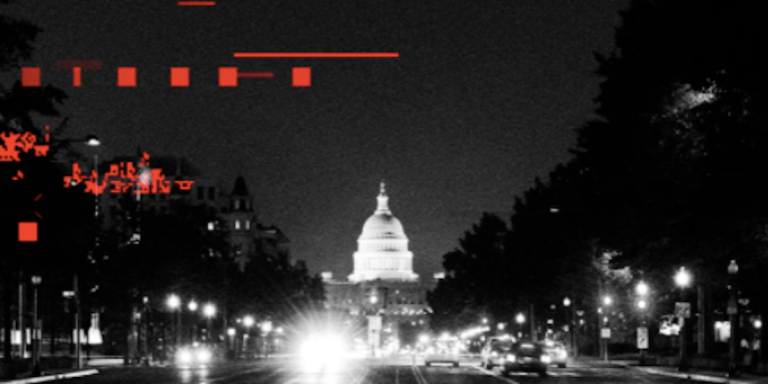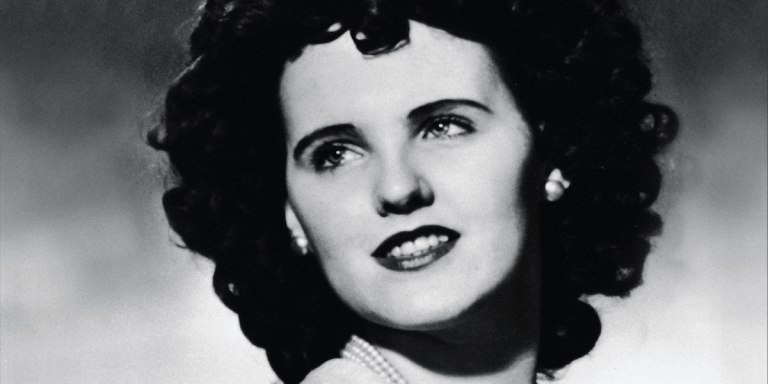Real Stories: When Dark Secrets Turn Into Chilling Crimes
 Here are our latest June eBook deals for true crime books that are sure to take you on a whirlwind ride. These fact-based titles tell the stories of everything from white-collar crime to bandits and, yes, murder.
Here are our latest June eBook deals for true crime books that are sure to take you on a whirlwind ride. These fact-based titles tell the stories of everything from white-collar crime to bandits and, yes, murder.
On an icy night in October 1984, a commuter plane carrying nine passengers crashed in the remote wilderness of northern Alberta, killing six people. Four survived: the rookie pilot, a prominent politician, a cop, and the criminal he was escorting to face charges. Despite the poor weather, Erik Vogel, the 24-year-old pilot, was under intense pressure to fly. Larry Shaben, the author’s father and Canada’s first Muslim Cabinet Minister, was commuting home after a busy week at the Alberta Legislature. Constable Scott Deschamps was escorting Paul Archambault, a drifter wanted on an outstanding warrant. Against regulations, Archambault’s handcuffs were removed-a decision that would profoundly impact the men’s survival.
As the men fight through the night to stay alive, the dividing lines of power, wealth, and status are erased, and each man is forced to confront the precious and limited nature of his existence.
For six terrifying months in 1911-1912, the citizens of Paris were gripped by a violent crime streak. A group of bandits went on a rampage throughout the city and its suburbs, robbing banks and wealthy Parisians, killing anyone who got in their way, and always managing to stay one step ahead of the police. But Jules Bonnot and the Bonnot Gang weren’t just ordinary criminals; they were anarchists, motivated by the rampant inequality and poverty in Paris.
John Merriman tells this story through the eyes of two young, idealistic lovers: Victor Kibaltchiche (later the famed Russian revolutionary and writer Victor Serge) and Rirette MaÃejean, who chronicled the Bonnot crime spree in the radical newspaper L’Anarchie. While wealthy Parisians frequented restaurants on the Champs-Ãys, attended performances at the magnificent new opera house, and enjoyed the decadence of the so-called Belle Ãoque, Victor, Rirette, and their friends occupied a vast sprawl of dank apartments, bleak canals, and smoky factories. Victor and Rirette rejected the violence of Bonnot and his cronies, but to the police it made no difference. Victor was imprisoned for years for his anarchist beliefs, Bonnot was hunted down and shot dead, and his fellow bandits were sentenced to death by guillotine or lifelong imprisonment.
The Herbert Fuller, a three-masted sailing ship loaded with New England lumber, left Boston bound for Buenos Aires on July 8, 1896 with twelve people on board: captain and owner Charles Nash, his wife and childhood sweetheart Laura, two mates, the “mulatto” steward, six crewmen, and one passenger. Just before 2 A.M. on the sixth day at sea, the captain, his wife, and the second mate were slaughtered in their individual bunkrooms with the ship’s axe, seven or eight blows apiece. Laura Nash was found with her thin nightgown pushed above her hips, her head and upper body smashed and deformed. Incredibly, no one saw or heard the killings . . . except the killer.
After a harrowing voyage back to port for the survivors, the killer among them, it didn’t take long for Boston’s legal system to convict the first mate, a naturalized American of mixed blood from St. Kitts. But another man on board, a twenty-year-old Harvard passenger from a proper family, had his own dark secrets. Who was the real killer, and what became of these two men?
Not a Gentleman’s Work is the story of the fates of two vastly different men whose lives intersected briefly on one horrific voyage at sea—a story that reverberates with universal themes: inescapable terror, coerced confession, capital punishment, justice obscured by privilege, perseverance, redemption, and death by tortured soul.
Through Jacob Gray’s disappearance in Olympic National Park, and his father Randy Gray who left his life to search for him, we will learn about what happens when someone goes missing. Braided around the core will be the stories of the characters who fill the vacuum created by a vanished human being. We’ll meet eccentric bloodhound-handler Duff and R.C., his flagship purebred, who began trailing with the family dog after his brother vanished in the San Gabriel Mountains. And there’s Michael Neiger North America’s foremost backcountry Search & Rescue expert and self-described “bushman” obsessed with missing persons. And top researcher of persons missing on public wildlands Ex-San Jose, California detective David Paulides who is also one of the world’s foremost Bigfoot researchers. It’s a tricky thing to write about missing persons because the story is the absence of someone. A void. The person at the heart of the story is thinner than a smoke ring, invisible as someone else’s memory. The bones you dig up are most often metaphorical.
On the South Side of Chicago in 1974, Linda Taylor reported a phony burglary, concocting a lie about stolen furs and jewelry. The detective who checked it out soon discovered she was a welfare cheat who drove a Cadillac to collect ill-gotten government checks. And that was just the beginning: Taylor, it turned out, was also a kidnapper, and possibly a murderer. A desperately ill teacher, a combat-traumatized Marine, an elderly woman hungry for companionship—after Taylor came into their lives, all three ended up dead under suspicious circumstances. But nobody—not the journalists who touted her story, not the police, and not presidential candidate Ronald Reagan—seemed to care about anything but her welfare thievery.
Growing up in the Jim Crow South, Taylor was made an outcast because of the color of her skin. As she rose to infamy, the press and politicians manipulated her image to demonize poor black women. Part social history, part true-crime investigation, Josh Levin’s mesmerizing book, the product of six years of reporting and research, is a fascinating account of American racism, and an exposé of the “welfare queen” myth, one that fueled political debates that reverberate to this day.
Raw, inspiring, and heartbreakingly candid, White American Youth explores why so many young people lose themselves in a culture of hatred and violence and how the criminal networks they forge terrorize and divide our nation. The story begins when Picciolini found himself stumbling through high school, struggling to find a community among other fans of punk rock music. There, he was recruited by a notorious white power skinhead leader and encouraged to fight with the movement to “protect the white race from extinction.” Soon, he had become an expert in racist philosophies, a terror who roamed the neighborhood, quick to throw fists. When his mentor was sent to prison, sixteen-year-old Picciolini took over the man’s role as the leader of an infamous neo-Nazi skinhead group.
Seduced by the power he accrued through intimidation, and swept up in the rhetoric he had adopted, Picciolini worked to grow an army of extremists. He used music as a recruitment tool, launching his own propaganda band that performed at white power rallies around the world. But slowly, as he started a family of his own and a job that for the first time brought him face to face with people from all walks of life, he began to recognize the cracks in his hateful ideology. Then a shocking loss at the hands of racial violence changed his life forever, and Picciolini realized too late the full extent of the harm he’d caused.
Rebecca Musser grew up in fear, concealing her family’s polygamous lifestyle from the “dangerous” outside world. Covered head-to-toe in strict, modest clothing, she received a rigorous education at Alta Academy, the Fundamentalist Church of Jesus Christ of Latter Day Saints’ school headed by Warren Jeffs. Always seeking to be an obedient Priesthood girl, in her teens she became the nineteenth wife of her people’s prophet: 85-year-old Rulon Jeffs, Warren’s father. Finally sickened by the abuse she suffered and saw around her, she pulled off a daring escape and sought to build a new life and family.
The church, however, had a way of pulling her back in-and by 2007, Rebecca had no choice but to take the witness stand against the new prophet of the FLDS in order to protect her little sisters and other young girls from being forced to marry at shockingly young ages. The following year, Rebecca and the rest of the world watched as a team of Texas Rangers raided the Yearning for Zion Ranch, a stronghold of the FLDS. Rebecca’s subsequent testimony would reveal the horrific secrets taking place behind closed doors of the temple, sending their leaders to prison for years, and Warren Jeffs for life.
Robert Mazur spent years undercover infiltrating the Medellín Cartel’s criminal hierarchy. The dirty bankers and businessmen he befriended—some of whom still shape power across the globe—knew him as Bob Musella, a wealthy, mob-connected big shot living the good life. Together they partied in $1,000-per-night hotel suites, drank bottles of the world’s finest champagne, drove Rolls-Royce convertibles, and flew in private jets. But under Mazur’s Armani suits and in his Renwick briefcase, recorders whirred silently, capturing the damning evidence of their crimes.
The Infiltrator is the story of how Mazur helped bring down the unscrupulous bankers who manipulated complex international finance systems to serve drug lords, corrupt politicians, tax cheats, and terrorists. It is a shocking chronicle of the rise and fall of one of the biggest and most intricate money-laundering operation of all time-an enterprise that cleaned and moved hundreds of millions of dollars a year. Filled with dangerous lies, near misses, and harrowing escapes, The Infiltrator is as bracing and explosive as the greatest fiction thrillers—only it’s all true.
Ronald Reagan’s personal attorney Roy Miller was a California success story. The Miller family’s friends could never have imagined the horror and darkness that were to follow as Michael, the Miller’s youngest son killed and raped his own mother.
In the early evening of June 25, 1980 in Pocahontas County, West Virginia, two middle-class outsiders named Vicki Durian, 26, and Nancy Santomero, 19, were murdered in an isolated clearing. They were hitchhiking to a festival known as the Rainbow Gathering but never arrived. For thirteen years, no one was prosecuted for the “Rainbow Murders” though deep suspicion was cast on a succession of local residents in the community, depicted as poor, dangerous, and backward. In 1993, a local farmer was convicted, only to be released when a known serial killer and diagnosed schizophrenic named Joseph Paul Franklin claimed responsibility. As time passed, the truth seemed to slip away, and the investigation itself inflicted its own traumas—turning neighbor against neighbor and confirming the fears of violence outsiders have done to this region for centuries.
By clicking 'Sign Up,' I acknowledge that I have read and agree to Hachette Book Group’s Privacy Policy and Terms of Use

